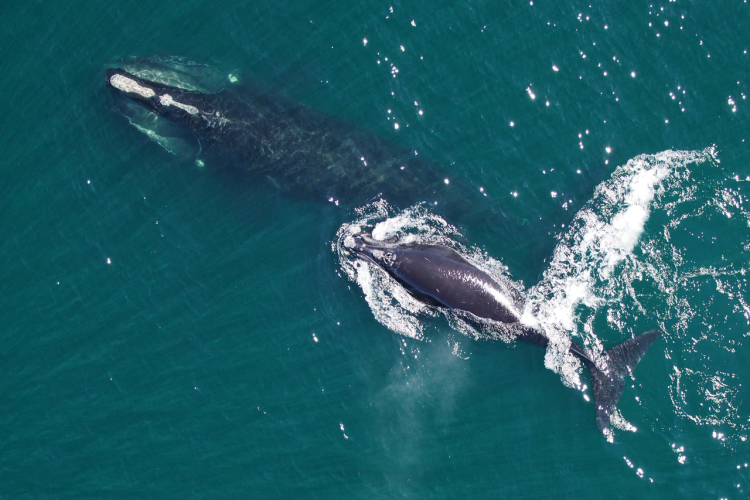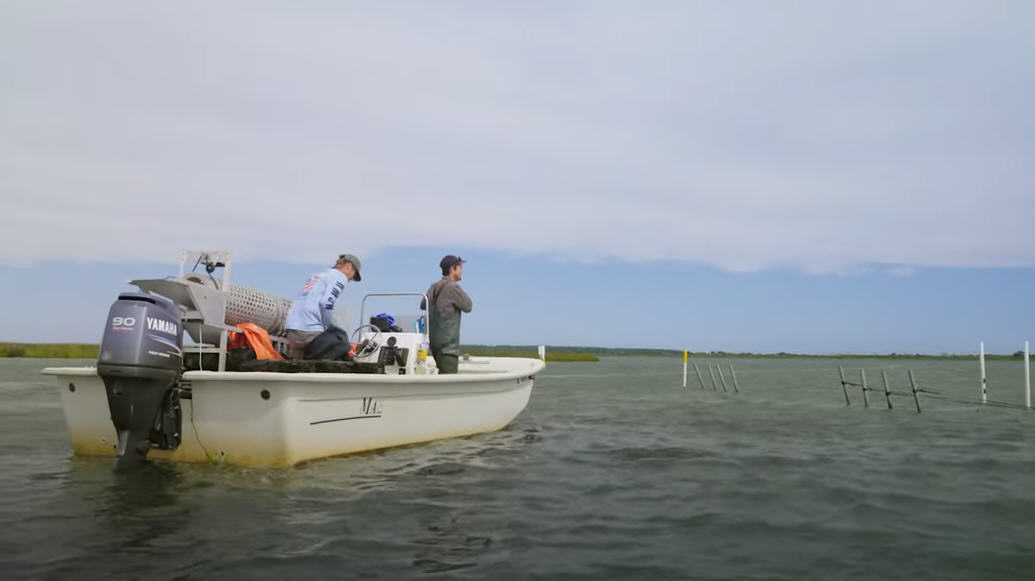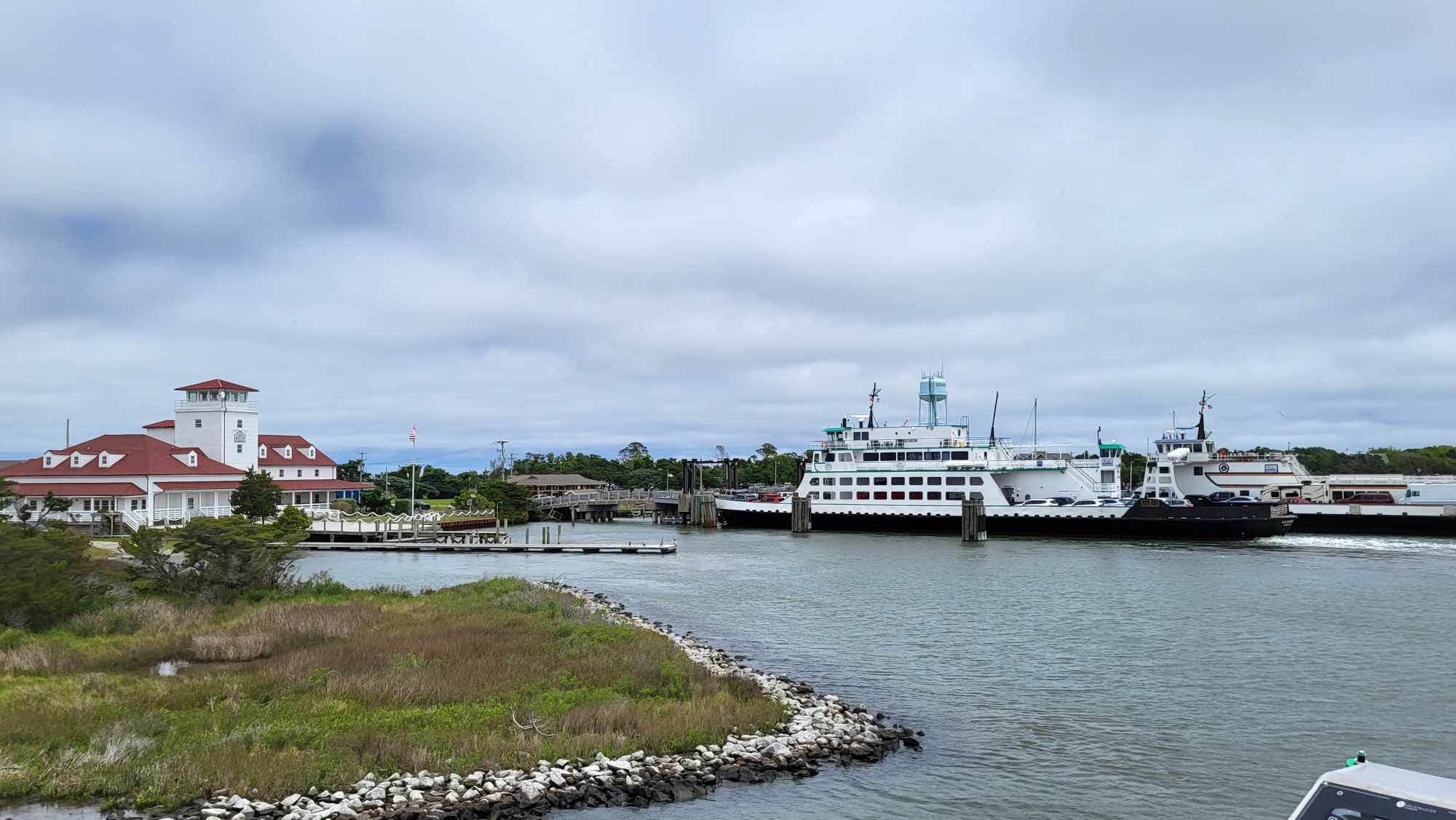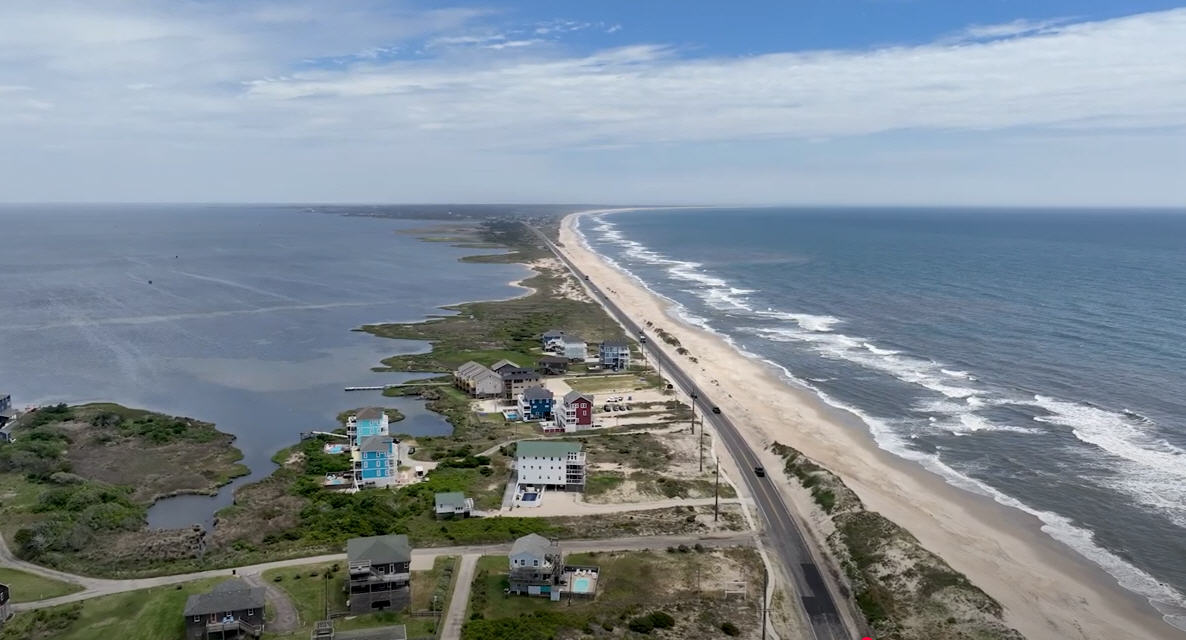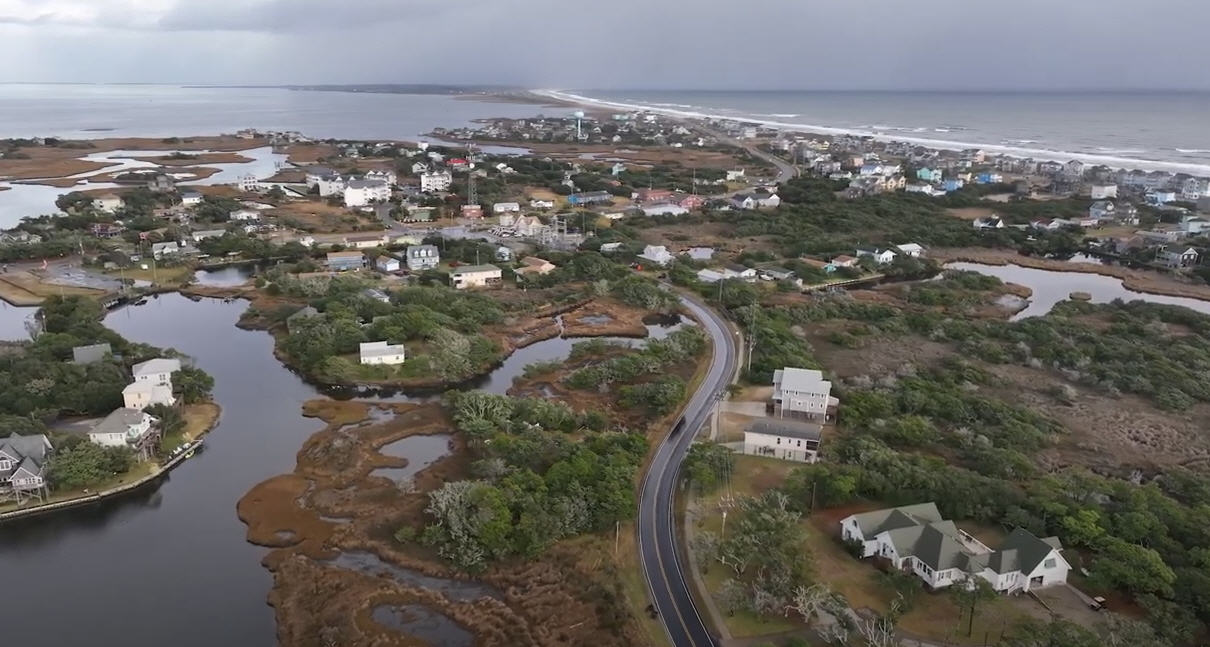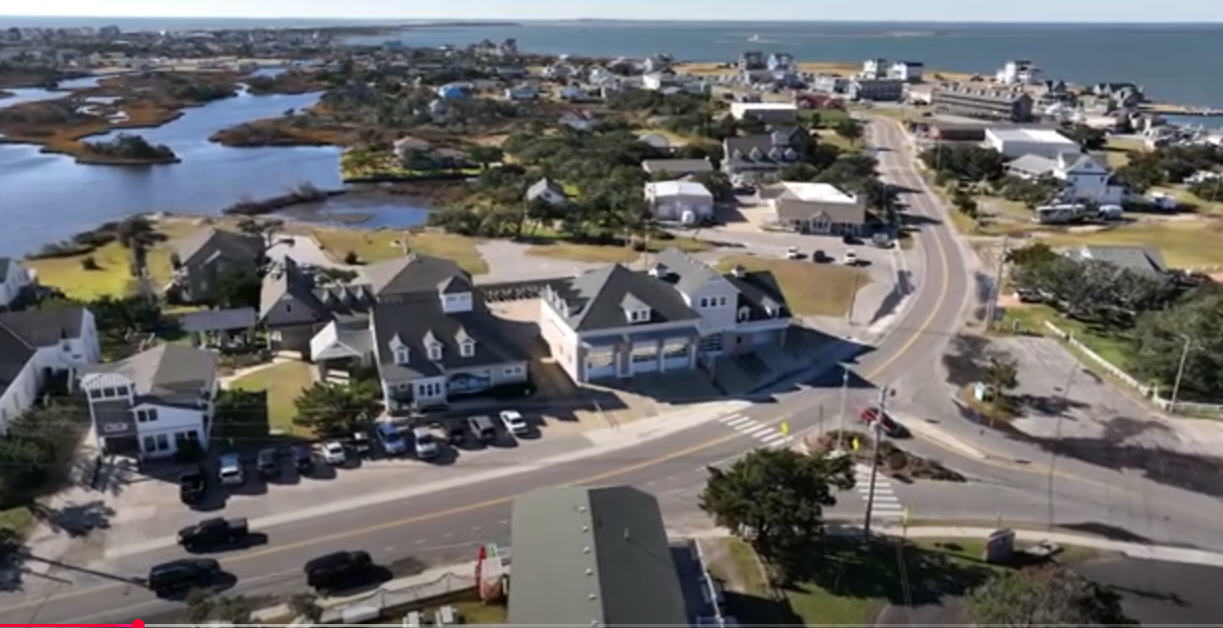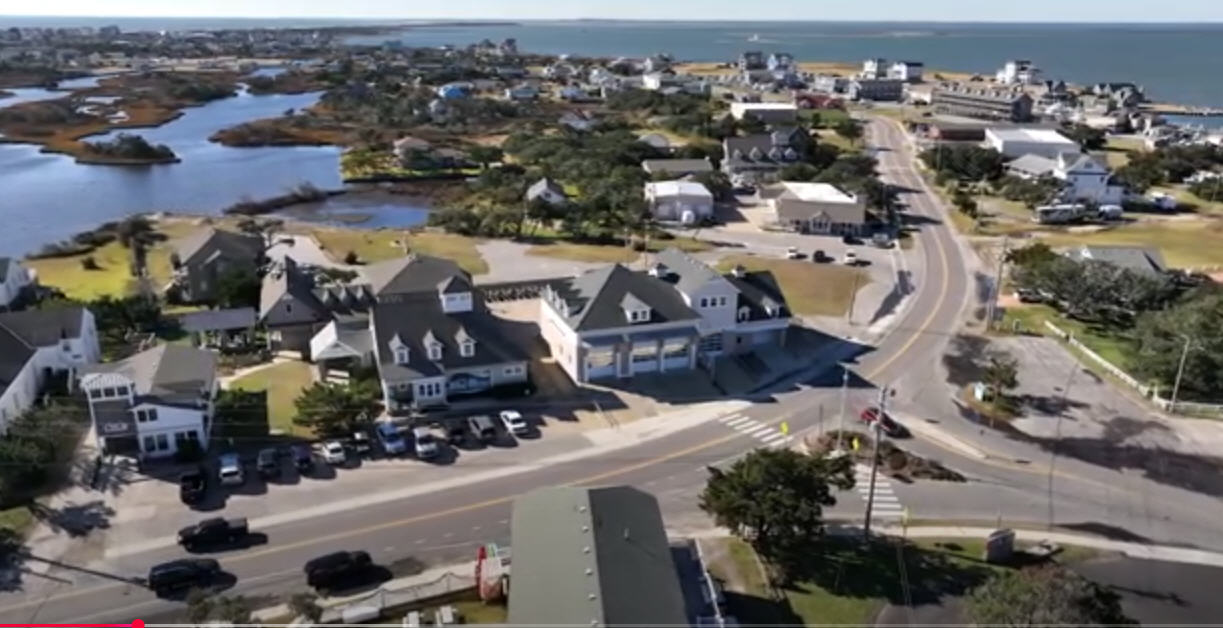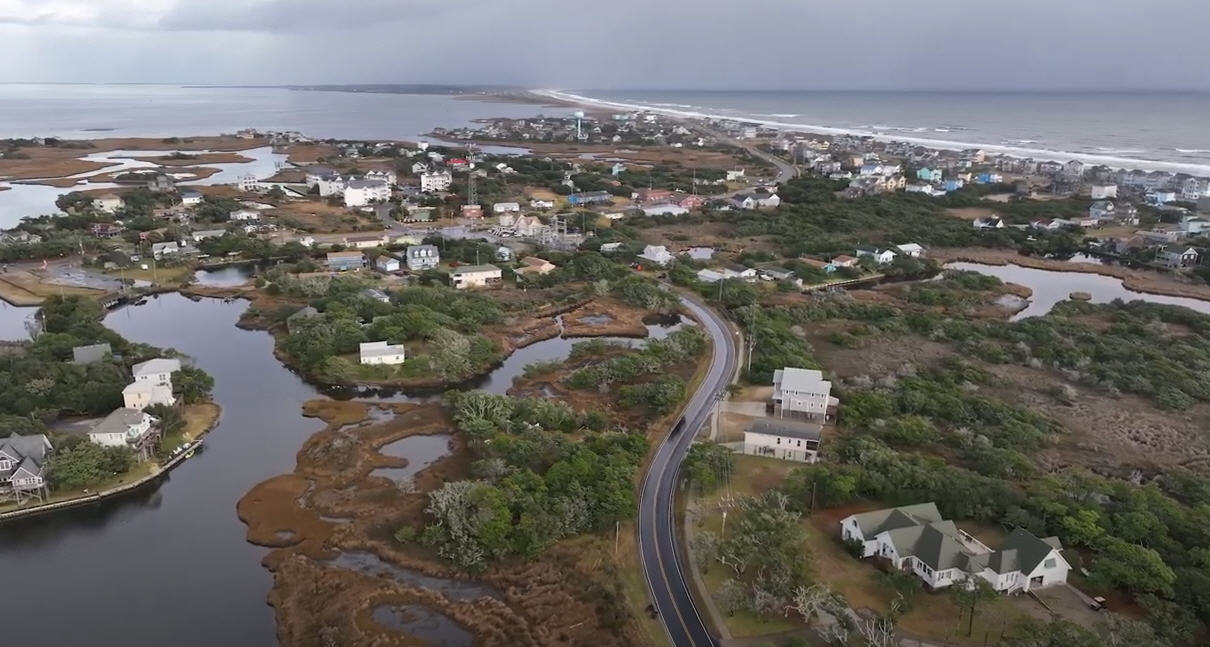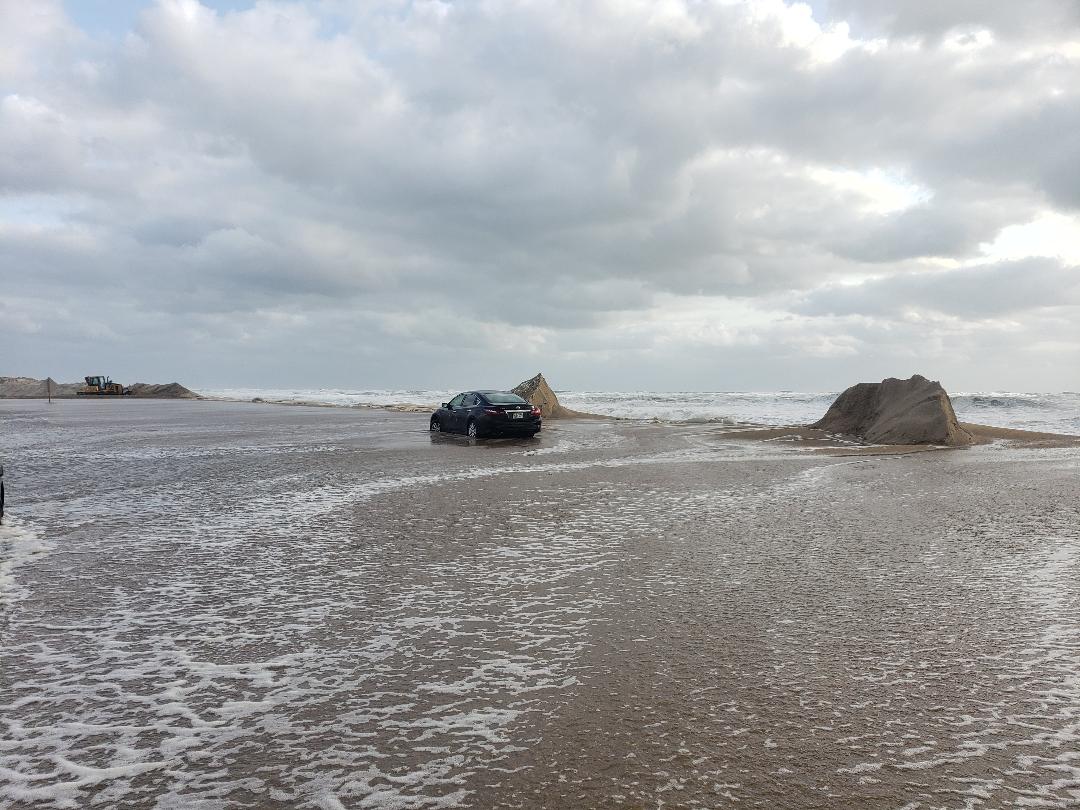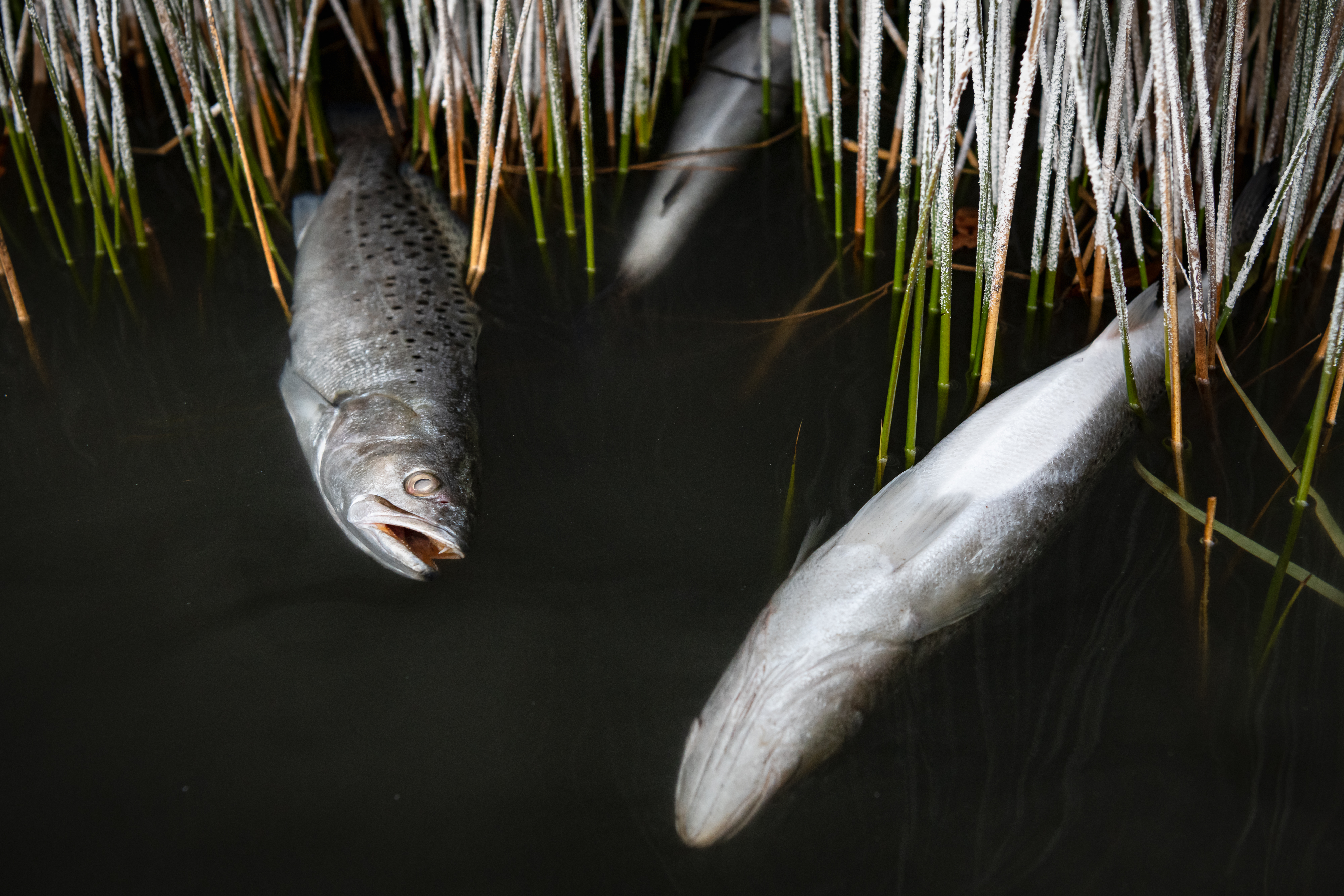Graveyard of the Atlantic Museum installs New Sign with Famed Liberty Ship Propeller By JOY CRIST
The Graveyard of the Atlantic Museum in Hatteras village recently announced that it is in the final stages of getting a new display for its entrance near the Hatteras / Ocracoke ferry docks.
The new sign is sure to make quite a first impression, too, as it will feature the noticeably large propeller from Dionysus , a Liberty ship from the 1940s. Weighing in at 14 tons, the bronze propeller is sure to stand out in the display, which will also double as an outdoor exhibit.
“This project goes back about four years,” said North Carolina Maritime Museums (NCMM) System Director Joseph Schwarzer. “We first came up with a design for the sign, and ran it through all the [agencies involved] to make sure everyone was happy with what we were doing.”
Once approved, there was a lot of work involved to get the propeller from its former home at the Oregon Inlet Fishing Center all the way to Hatteras village, and then situate it so that it would stay in place for the long haul.
“Getting the propeller installed is the trickiest part of this whole endeavor,” said Schwarzer. “You’re dealing with a 14 ton bronze propeller which had to be brought up and set on a concrete base that is thick enough and strong enough to support it, and then lean it against something that is also thick enough and strong enough to support it. The base alone is 18 inches thick.”
But the effort to erect the new sign and outdoor exhibit is worth the effort, considering the propeller’s ties to local – and national – history.
According to the Dare County Tourism Board, the USS Dionysus was commissioned in 1945 as a U.S. Navy repair ship, and was assigned to the Pacific Ocean Theater during World War II. It was one of hundreds of Liberty ships, costing less than $2 million each, which were produced by the U.S. Maritime Commission in World War II, and which were assembled from standardized parts fabricated across the country.
The standard Liberty Ship had a crew of 27 officers and 497 enlisted men, and could carry 2,840 Jeeps, 440 tanks, or 230 million rounds of rifle ammunition.
At the end of WWII, Dionysus was placed in the US Naval Reserve Fleet until the Korean War, when in 1952, it was assigned to the Atlantic Fleet. Following the Korean War, Dionysus was again placed in the reserve fleet.
In 1978, North Carolina State Fisheries requested that the U.S. Marines stationed at Cherry Point sink the Dionysus off North Carolina as part of the artificial reef system along the coast. It is reported that a half-dozen seasick Marines and 600 pounds of C-4 were needed to accomplish the task.
The Dionysus was the fourth Liberty ship sunk off North Carolina since 1974, and the ship – sans the propeller, of course – is currently located about five miles south of Oregon Inlet.
With the propeller in its new home, visitors to the museum will be treated to a number of unique displays well before they step through the door. “It’s a sign, but it’s also an exhibit – we’ll also have a plaque to support the propeller taking about the Dionysus , and how it started as a WWII ship, and eventually became an artificial reef off of Oregon Inlet,” said Schwarzer. “Behind that [will be] the bow of ship that will look like it’s sinking, as well as the logos of our partners – the Outer Banks Visitors Bureau, the National Park Service, the Maritime Museum System, the North Carolina Department of Cultural Resources, and NOAA – who were all supportive in the [process.]”
Schwarzer also notes that the Dare County Tourism Board and the Friends of the Graveyard of the Atlantic Museum were instrumental in launching and installing the giant new addition to the museum. “They have been very helpful throughout this whole process,” he said.
Fighting rain delays, the construction crew in charge of the installation has been working for weeks to ready, lift, transport, and place the heavy propeller into its new location. In the not so distant future, (likely late August or early September), the new sign will greet visitors heading to the Hatteras museum, and will be an appropriate addition to a landmark that’s dedicated to local island maritime history.
“It’s also going to be lit at night, which I think will make it even more dramatic,” said Schwarzer. “All in all, I think it will be hard to miss.”






